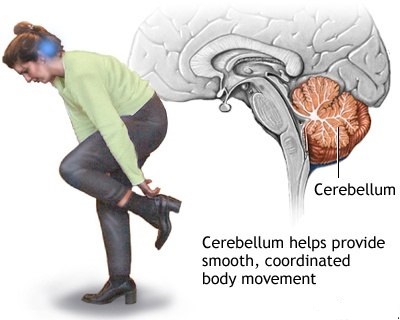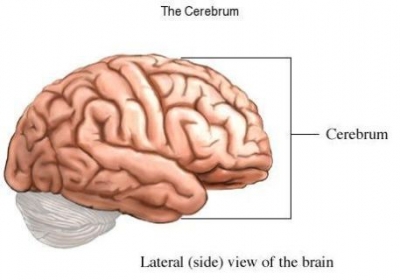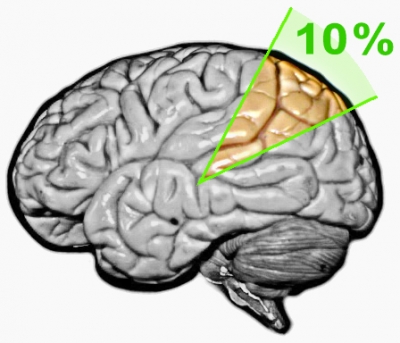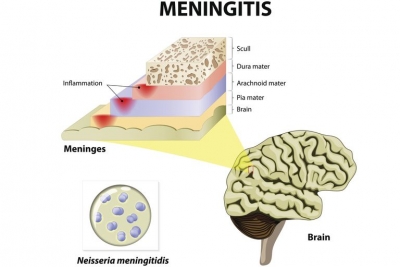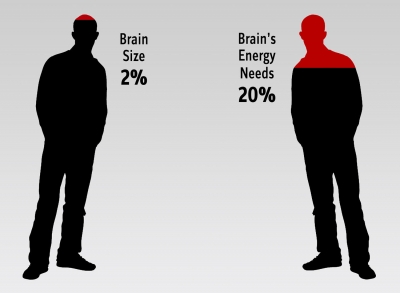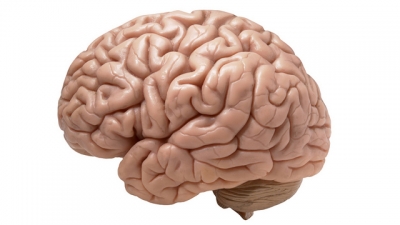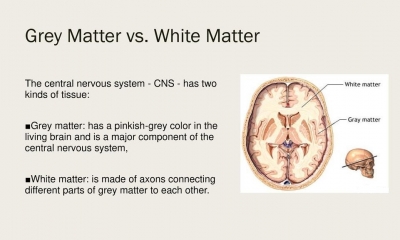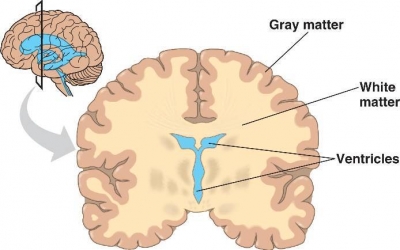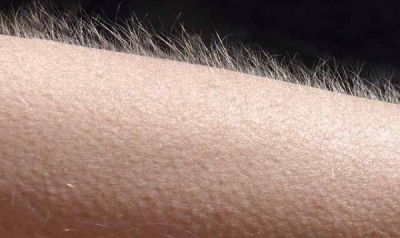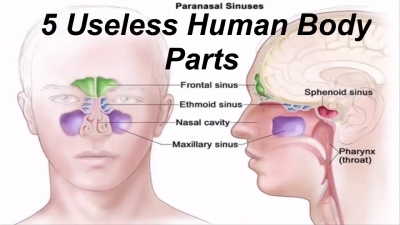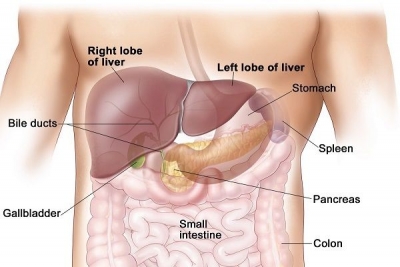Why do we yawn?

Everybody yaws – even unborn babies in the womb – and yet researchers aren’t quite sure why we do it. Although humans yawn more often when we’re tired or bored, scientists have ruled out sleepiness or lack of oxygen (which would cause sleepiness) as causes. Instead, they suspect yawning might help us keep a cool head. As with a super computer, the brain needs to stay cool to function properly. Each yawn pumps air into sinus cavities in the head, cooling the brain in the process. And because the brain and body are slightly warmer just before bed, we tend to yawn when we’re tired.
Picture Credit : Google


